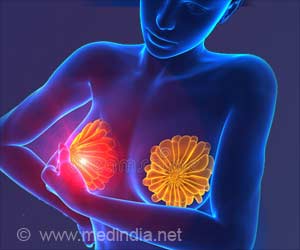A discovery that will change the way the most deadly form of breast cancer is treated has been discovered by an international team of scientists

The study is the largest genetic analysis of what were thought to be triple negative breast cancer tumours.
The 59 scientists involved in this study expected to see similar gene profiles when they mapped on computer the genomes of 100 tumours.
But to their amazement they found no two genomes were similar, never mind the same. "Seeing these tumours at a molecular level has taught us we're dealing with a continuum of different types of breast cancer here, not just one," explains Steven Jones, co-author of this study.
The SFU molecular biology and biochemistry professor, who heads up bioinformatics research at the BC Cancer Agency, adds: "The genetic diversity of these tumours, even though they're clinically similar, probably explains why they are so difficult to treat. These findings prove the importance of personalizing cancer drug treatment so that it targets the genetic make up of a particular tumour rather than presuming one therapy can treat multiple, similar-looking tumours."
Triple negative breast cancer lacks surface cell receptors for estrogen, progesterone and herceptin — a hormone, steroid and protein, respectively, linked to breast cancer. It strikes 16 per cent of women who develop breast cancer and targets mainly those under age 40.
Advertisement
Typically, triple negative breast cancer patients need everything thrown at them — surgery, chemotherapy and radiation — to have any hope of going into remission.
Advertisement
Source-Eurekalert















